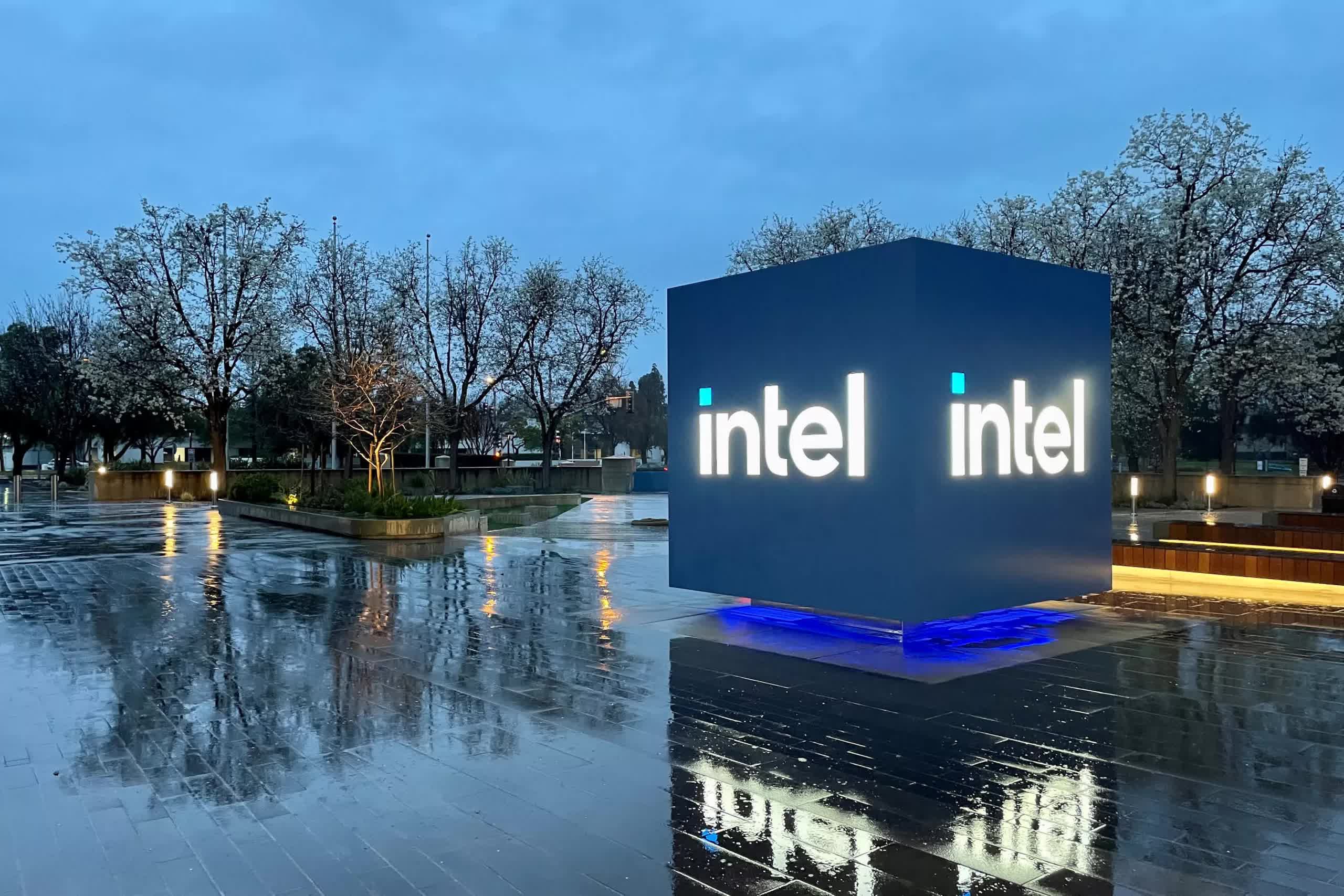TL;DR: Intel's new CEO, Lip-Bu Tan, made it clear he isn't backing away from the company's push to become a top-tier foundry. Now, Intel has shared new details about how – and when – it expects chip manufacturing to become a profitable part of the business.

At a recent investor conference, Intel Chief Financial Officer David Zinsner stated that he expects the company's foundry business to break even by 2027. Within a few years, Chipzilla should turn a profit and begin building the trust needed to attract new customers.
Intel's chip business isn't in the best shape right now. The company has embraced a multi-foundry approach, outsourcing part of its wafer production to Taiwanese foundry TSMC while developing new advanced manufacturing nodes internally. Intel has scheduled mass production of the recently unveiled 18A and 14A nodes for 2027.
Tom's Hardware notes that Intel will first use the 18A node (1.8nm) to manufacture Panther Lake client PC processors, with new consumer CPUs launching later this year. Intel will also apply the same technology to "Clearwater Forest" Xeon processors and some undisclosed third-party products. Nevertheless, the company sees the 18A node as a promising proof of concept to attract external customers.

Zinsner expects larger third-party volumes to come from the 14A manufacturing node. Intel is currently partnering with potential customers, but the process remains challenging. Some clients leave after a few test chips, while others stick around without committing to significant production volumes. Intel still needs to prove it can operate as a reliable foundry business.
Intel will use High-NA EUV lithography for the 14A node, initially increasing costs. The company hopes its advanced capabilities will eventually outweigh the expense. The foundry unit should also benefit from increased internal production, with both Panther Lake and Nova Lake processors set to be built entirely in-house.
Intel believes its foundry business needs only a few billion dollars in additional external revenue to break even. The 14A node could see broader adoption among third-party customers, while more mature nodes like Intel 16 and partnerships with companies such as Tower and UMC will help diversify revenue sources.
Intel hopes its foundry business will break even around 2027